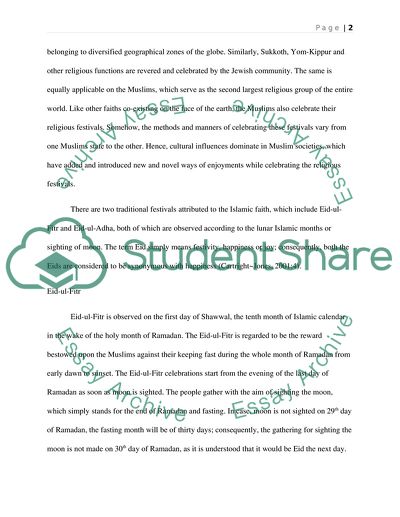Cite this document
(“Celebration Essay Example | Topics and Well Written Essays - 2000 words”, n.d.)
Retrieved from https://studentshare.org/anthropology/1638233-celebration
Retrieved from https://studentshare.org/anthropology/1638233-celebration
(Celebration Essay Example | Topics and Well Written Essays - 2000 Words)
https://studentshare.org/anthropology/1638233-celebration.
https://studentshare.org/anthropology/1638233-celebration.
“Celebration Essay Example | Topics and Well Written Essays - 2000 Words”, n.d. https://studentshare.org/anthropology/1638233-celebration.


